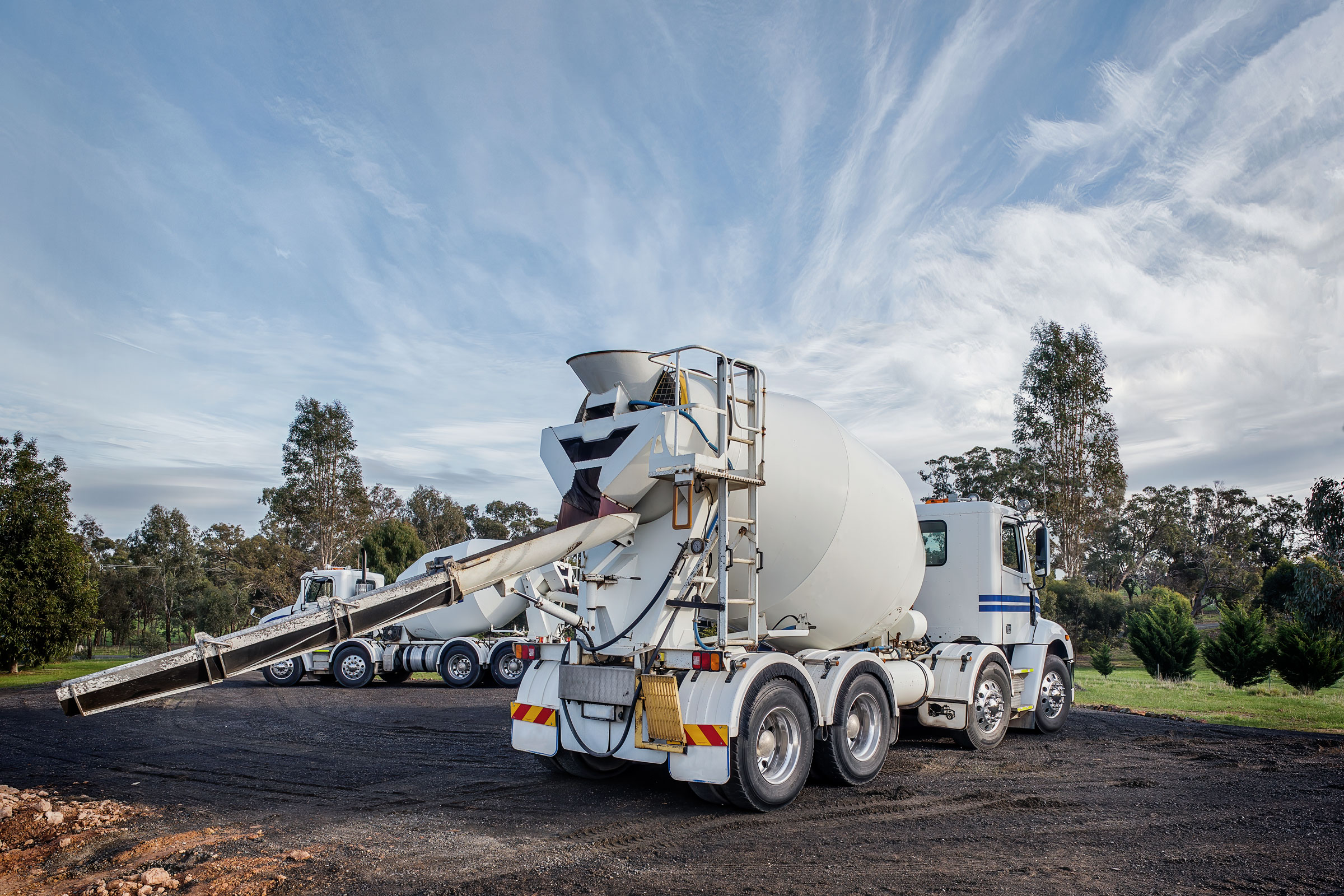Whenever an innovative technology is introduced into a mature industry, there’s bound to be skepticism among the establishment on its feasibility. That was the experience of Susan Dalton, vice president of IoT and smart technology at GCP Applied Technologies, when the company introduced internet-connected sensors as part of its in-transit concrete management system. The goal was to shave precious time from the concrete delivery process while reducing the amount of product wasted on-site. Today, nearly six years after GCP Applied Technologies implemented its VERIFI® in-transit concrete management system, Dalton says the technology has turned skeptics into true believers.
Concrete may not be seen as “sexy,” but it’s quite literally the foundation of most of our infrastructure, and thus a critical aspect of any construction project. And while other industries were evolving around us, the process of delivering concrete to a job site has remained relatively unchanged for years.
At GCP Applied Technologies, we were very aware that the process was full of flaws and ripe for disruption. We have field technicians and service representatives around the world who work directly with our customers, and we kept hearing from them that there was a need in the industry to improve the quality of product while reducing material waste.
Sometimes concrete is delivered to a job site and the concrete is out of spec for the customer’s use. When this happens, the load is rejected, and it is extremely expensive to find a home for that rejected product. Other times, the concrete is poured but then fails a strength test, and the cost of replacement is borne by the ready-mix producer.
Aside from the monetary costs, wasting concrete is incredibly unsustainable from an environmental perspective. These pain points led GCP to develop the VERIFI® in-transit concrete management system.
The way the system works is, we install a series of internet-connected sensors on our customers’ trucks. The sensors collect real-time data to monitor, measure, and manage the concrete properties while the concrete is in transit. The data is transmitted from on-board computers that communicate with the cloud every 15 seconds, making the data accessible to our customers’ phones, tablets and laptops.
Our system can modify the concrete in-transit by, for example, adding water or chemical admixture so the slump meets specifications upon arrival. For customers, this has meant fewer rejected loads, a substantial reduction in wasted materials, and a quicker turnaround for delivery drivers.


